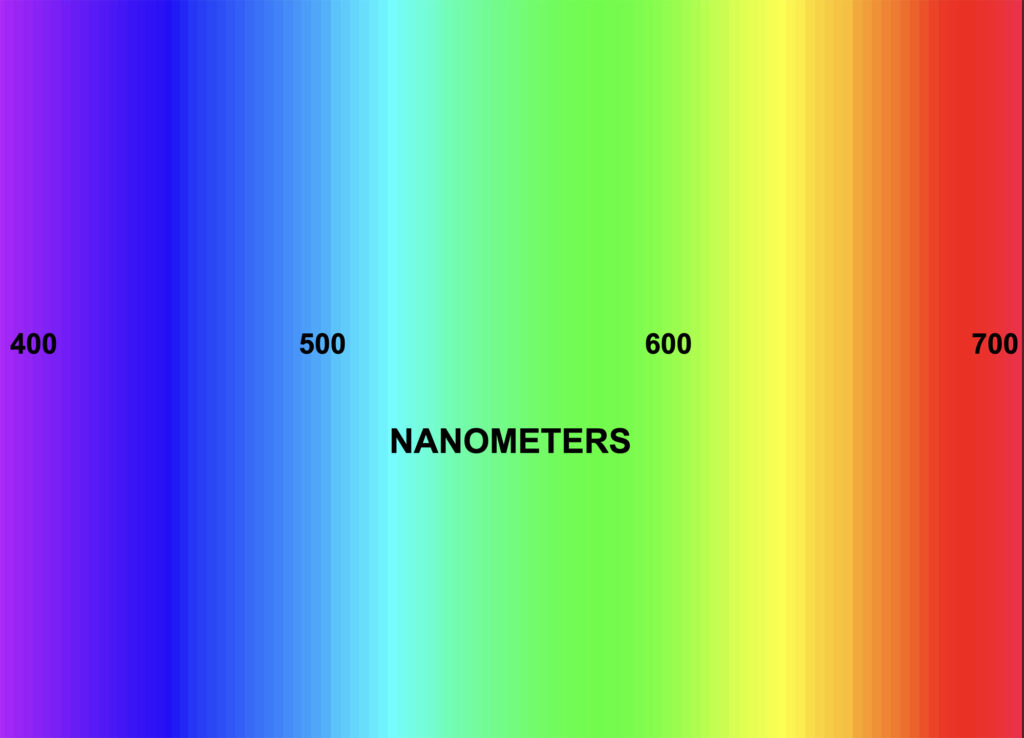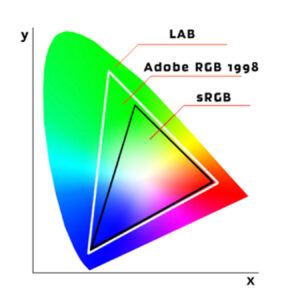
Difference between the color space of Adobe RGB 1998 and sRGB
Artmedia Studio | Miami – FL
Fine Art Printing Miami
Adobe RGB 1998 vs sRGB
Many people ask themselves what is the difference between the color space of Adobe RGB 1998 and sRGB. A color space is a specific organization of colors. In combination with physical device profiling, it allows for reproducible representations of color, in both analog and digital representations.
The Adobe RGB (1998) color space is an RGB color space developed by Adobe Systems, Inc. in 1998. It was designed to encompass most of the colors achievable on CMYK color printers, but by using RGB primary colors on a device such as a computer display. The Adobe RGB (1998) color space encompasses roughly 50% of the visible colors specified by the CIELAB color space – improving upon the gamut of the sRGB color space, primarily in cyan-green hues.
Gamut
sRGB is an RGB color space proposed by HP and Microsoft in 1996 to approximate the color gamut of the most common computer display devices. Since sRGB serves as a “best guess” metric for how another person’s monitor produces color, it has become the standard color space for displaying images on the Internet. sRGB’s color gamut encompasses just 35% of the visible colors specified by CIE, whereas Adobe RGB (1998) encompasses slightly more than 50% of all visible colors. Adobe RGB (1998) extends into richer cyans and greens than does sRGB.




